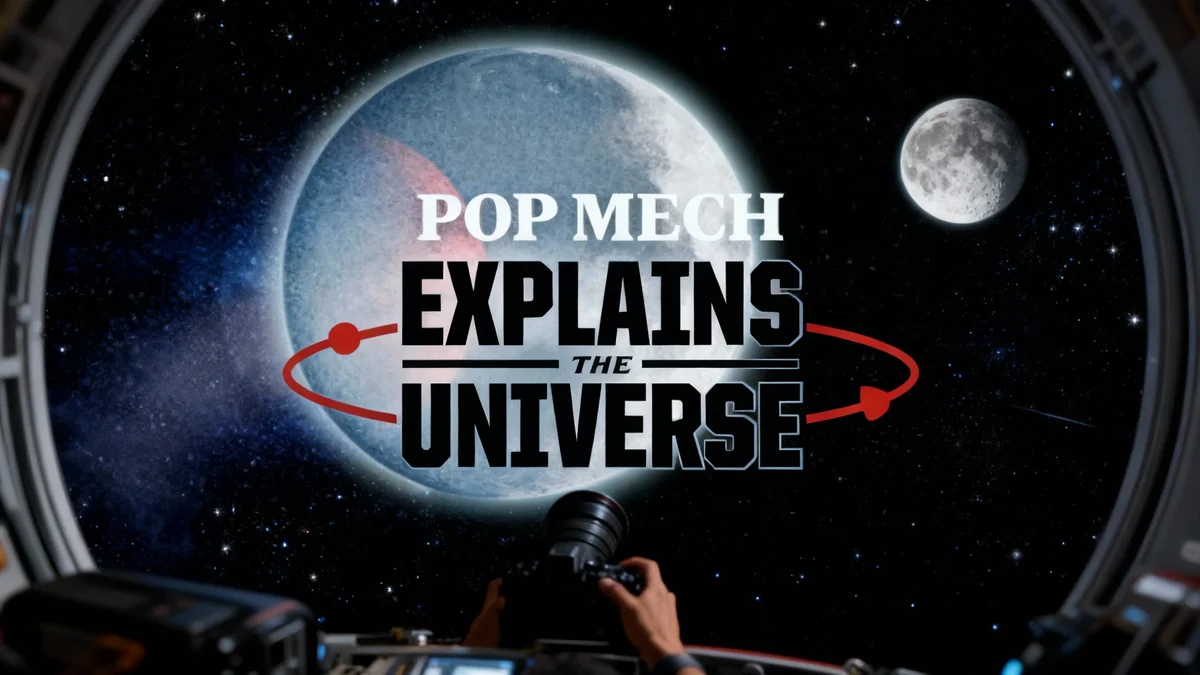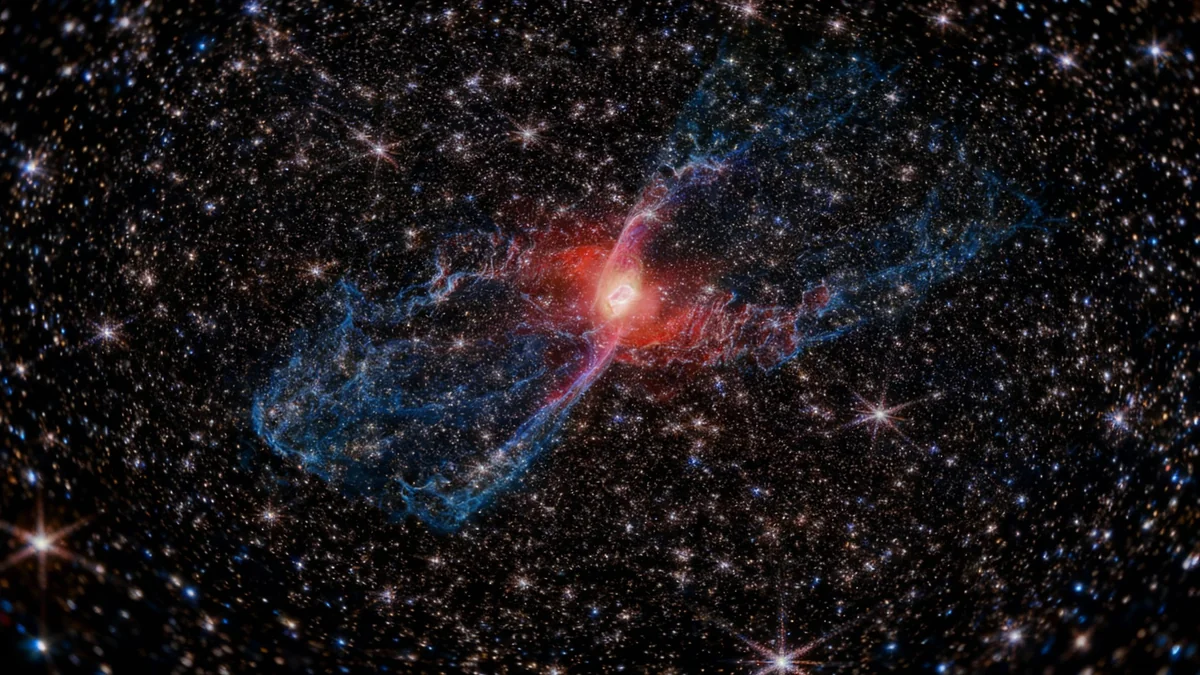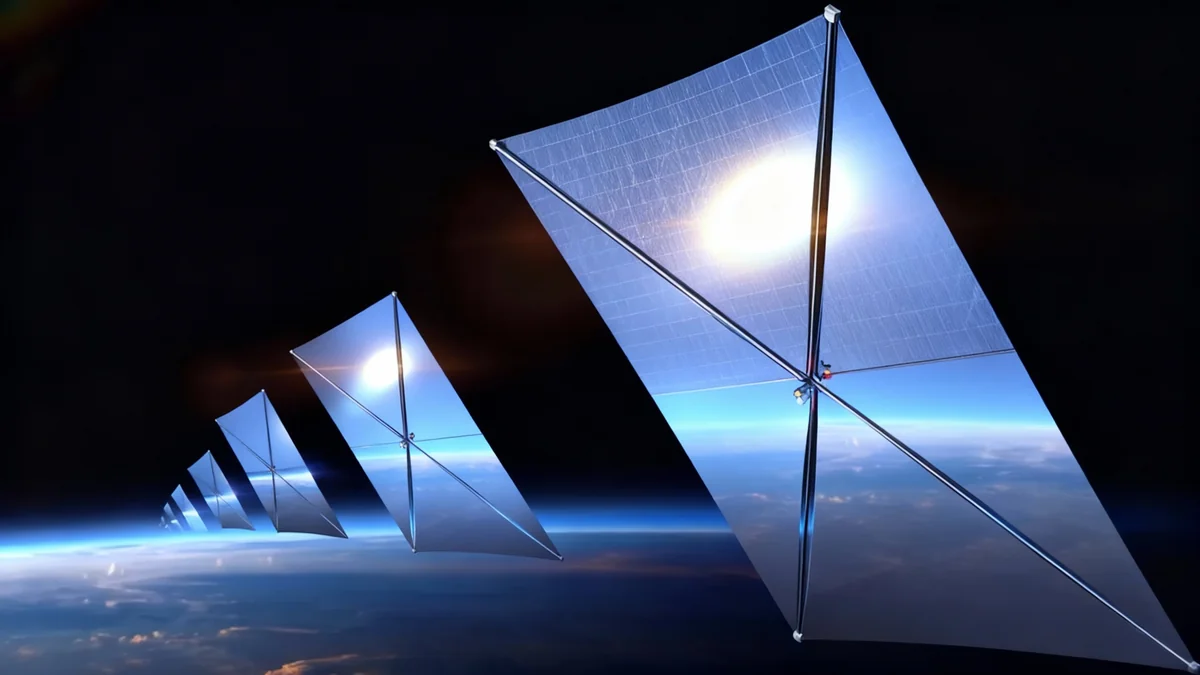A team at Arizona State University is preparing to launch a satellite no larger than a cereal box on a mission to study distant stars and the planets that orbit them. The miniature spacecraft, called SPARCS, will provide crucial data on how stellar radiation could affect a planet's ability to support life.
Key Takeaways
- The Star-Planet Activity Research CubeSat (SPARCS) is a small space telescope developed at Arizona State University.
- Its primary mission is to study ultraviolet (UV) radiation from M-dwarf stars, the most common type of star in our galaxy.
- Understanding UV radiation is critical for determining the potential habitability of exoplanets orbiting these stars.
- The project highlights the growing capability of small, university-led satellite missions to conduct significant scientific research.
A Mission Beyond Earth's Atmosphere
Scientists searching for life beyond our solar system face a fundamental challenge: the very atmosphere that protects us on Earth also blocks the light they need to study. Much of the ultraviolet spectrum is absorbed by our atmosphere, which is good for preventing sunburns but problematic for astronomers.
To overcome this, researchers must send their instruments into space. The SPARCS mission, led by ASU astrophysics professor Evgenya Shkolnik, is designed to do just that. It will orbit Earth and observe nearby, low-mass stars to measure their UV activity over long periods.
"When (ultraviolet) hits your skin, it can burn you," said Shkolnik. "So it's great that our atmosphere is protecting us here on Earth, but it's bad for (ultraviolet) astronomy."
The mission will focus on approximately 20 stars of varying ages. By tracking their UV flares and general radiation output, the science team hopes to build a statistical model of how this energy impacts the atmospheres of orbiting exoplanets, potentially stripping them away or altering their chemistry.
Why Ultraviolet Light Matters
Ultraviolet radiation from a star can be a double-edged sword for life. While some UV light might be necessary to trigger certain biological processes, high-energy flares can erode a planet's atmosphere over time, boil away surface water, and render the surface uninhabitable for life as we know it.
The Power of Miniaturization
While massive observatories like the Hubble and James Webb space telescopes provide incredible images of the cosmos, their observation time is a highly sought-after and limited resource. They are designed for a wide range of astronomical studies, not for staring at a handful of stars for months on end.
This is where small satellites, or CubeSats, come in. SPARCS is a prime example of a dedicated, low-cost mission built for a specific, time-intensive task that larger telescopes cannot easily accommodate.
Fact: The SPARCS satellite is a CubeSat measuring approximately 10x20x30 centimeters, roughly the size of a family-sized cereal box. This compact design significantly reduces launch costs.
"For science projects that need a lot of time, they just can't be done (with other telescopes)," explained Daniel Jacobs, the mission operations lead and a professor at ASU's School of Earth and Space Exploration. "SPARCS is a telescope dedicated to observing stars' activity because we want to know what they might be doing to planets."
Building a powerful telescope in such a small package presented unique engineering challenges. The team had to innovate methods to miniaturize components while ensuring the sensitive camera remained perfectly aligned, cool, and shielded from electronic interference.
Student Engineers at the Helm
A defining feature of the SPARCS project is the deep involvement of students at every stage. From design and assembly to testing and future mission operations, students have been integral to bringing the satellite from concept to reality.
Ysabella McAuliffe, a junior studying aerospace engineering, joined the mission nearly two years ago. Her work involved long hours in a high-grade clean room, meticulously handling delicate optical components to prevent contamination.
She often worked overnight shifts, monitoring the payload during rigorous testing phases to ensure every part functioned as expected. Balancing a demanding course load with work on a multimillion-dollar space project was challenging, but McAuliffe described the experience as incredibly rewarding.
"The most rewarding part is having put so much time, dedication (in) and working so closely with other engineers," McAuliffe stated. "I've seen the spacecraft go from being assembled, being tested, (to) the final product."
This hands-on experience provides invaluable training for the next generation of engineers and scientists, demonstrating the role universities can play in advancing space exploration.
"One thing we've already done is demonstrated the value of building small satellites at a university, because that's where we have access to so many amazing students," Shkolnik added.
Preparing for Launch
With assembly and testing complete, the SPARCS team is now looking toward the final frontier. The satellite is scheduled to launch within the next year aboard a SpaceX Falcon 9 rocket as part of a rideshare mission, which allows multiple small satellites to be deployed from a single launch vehicle.
Once in orbit, the ASU team will take control of the spacecraft, beginning a mission that could reshape our understanding of which star systems are the most promising places to search for life. By focusing on the powerful and often volatile nature of M-dwarf stars, SPARCS will fill a critical gap in knowledge about the conditions on planets beyond our own.





